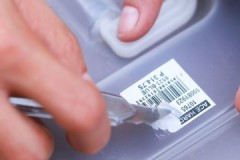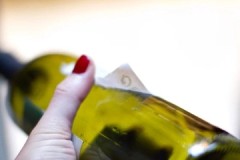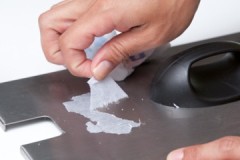Ways and means how to effectively remove super-glue from the table
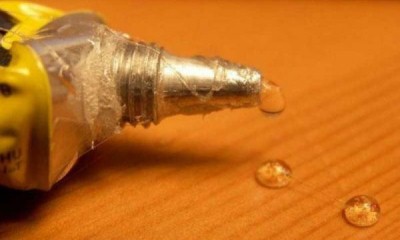 You need to use Superglue carefully, covering the work surface with oilcloth or paper. If additional protection measures were not provided, and the composition got on the table, it must be removed immediately.
You need to use Superglue carefully, covering the work surface with oilcloth or paper. If additional protection measures were not provided, and the composition got on the table, it must be removed immediately.
A delay of a few minutes will cause it to harden and be more difficult to remove. How to remove Super-glue from the table and not damage it, read the article.
Content
How can you scrub?
To remove Superglue, solvents are used, or they resort to more radical methods: heating or mechanical cleaning. Each method has its own advantages and disadvantages, which you need to be aware of before making a choice.
Acetone
Acetone is safe on most hard surfaces. It is a strong solvent that can remove even dried adhesive stains. If you use it according to the instructions, then you will be able to remove the composition quickly and effortlessly.
Mode of application:
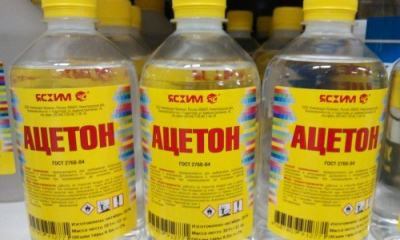 Apply acetone to cotton wool or cotton pad.
Apply acetone to cotton wool or cotton pad.- Rub the stain until it disappears completely.
- If the glue has hardened in a thick layer, the cotton wool is left on it in the form of a compress for 15-20 minutes. The softened composition is removed with a hard blunt object, for example, a plastic spatula.
- Wipe the contaminated area with a clean cloth. If necessary, brush with an old toothbrush.
Acetone cannot be used for varnished and painted surfaces, as the paint layer will be removed with the glue. If there is a concern that the product will harm the product, it should be tested in an inconspicuous area.
A substitute for acetone is nail polish remover. In it, the concentration of the solvent is lower, so more effort will have to be made, but the risk of damaging the surface is not so high.
Alcohol
You can remove Superglue with any alcohol-based solution (vodka, cologne, glass cleaner). Alcohol is harmless on most hard surfaces if used according to the following instructions:
- Apply rubbing alcohol to the stain.
- Leave to act for 15 minutes. From above, you can cover the composition with a cloth soaked in alcohol so that it does not evaporate from the surface.
- Remove softened adhesive with a clean cloth.
- Wipe the table with a damp cloth dipped in water.
Dimexide
Dimexide is a strong solvent, but it is sold not in stores with household chemicals, but in pharmacies. The concentrate is used to prepare a disinfecting solution, which is used for external treatment; undiluted, it is quite suitable for removing glue.
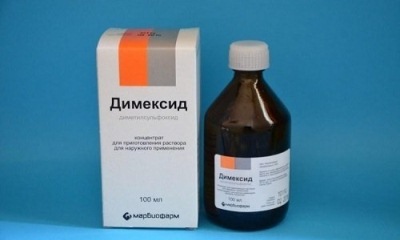 Apply it as follows:
Apply it as follows:
- apply the solution to the stain;
- leave for 5-10 minutes;
- remove the product with clean cloth.
Since Dimexide, upon contact with the skin, is quickly absorbed into the bloodstream, and can also cause irritation, it is only necessary to work with it with gloves.
It is better to refuse to use a solution for cleaning a plastic surface.... This is especially true for those surfaces that already have some damage.
Soap
If the glue was applied to the surface recently and has not had time to set properly, you can use a soapy solution. For its preparation, household soap is used, not scented soap. The fatty acids and caustic soda contained in it contribute to the rapid dissolution of the glue.
Mode of application:
- rub the soap into shavings, mix it with hot water;
- moisten the contaminated surface abundantly;
- leave to act for 30-60 minutes, if the product begins to dry out, it is reapplied;
- remove softened glue with a stiff brush.
Petrol
Fresh and old glue spots are removed with gasoline. Its effectiveness is similar to acetone. Gasoline and gasoline-based products are universal solvents.
The main disadvantage of this method is an unpleasant odor that will be present in the room for some time. To make it weathered faster, you need to work with the composition with open windows.
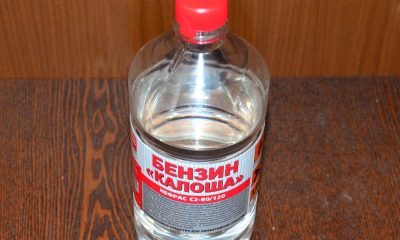 Mode of application:
Mode of application:
- Apply the liquid to a cotton or gauze swab.
- Moisten the contaminated area.
- Leave to dissolve for 20-30 minutes.
- Remove softened glue.
- Wipe the table surface with a clean, damp cloth.
You don't have to buy a whole canister to buy gasoline. Lighter refills are excellent for removing glue. You can find it at the hardware store. Gasoline analogs: kerosene, turpentine, white spirit.
Temperature effect
Superglue can be softened by exposing the stain to high temperatures. Use an iron or hair dryer for heating.
Mode of application:
- If a hairdryer has been selected, then it is turned on at minimum power. A jet of air is directed at the stain. Keep the device from the table surface at a distance of at least 5 cm.
- If it was decided to use an iron, the stain is covered with thin cardboard. The dirt is ironed through the sheet several times.
- The softened composition will be easy to remove with a plastic spatula. The residues of the product are removed with any solvent.
Vegetable oil
You can remove fresh traces of superglue with vegetable oil. It is not suitable for old stains.
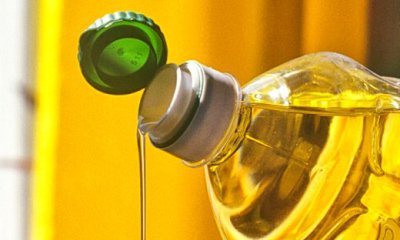 Mode of application:
Mode of application:
- moisten a cotton pad with vegetable oil;
- treat the stain with it until it disappears completely - you need to prepare for the fact that the removal process will be quite long and will take at least 20 minutes;
- neutralize the oil trail with alcohol;
- wipe the table with a clean cloth.
This method is not suitable for cleaning unpolished wood surfaces. The oil is deeply absorbed into the porous structure, so it will not be possible to remove it even with the help of alcohol.
Mechanical cleaning
Mechanical cleaning is carried out using such improvised means as:
- Putty knife. Use a plastic scraper rather than a metal scraper.
- Stiff brush (brush)... This method is applicable for untreated wood surfaces on which removing the top layer will not lead to a loss of the aesthetic properties of the furniture.
- Sandpaper... The abrasive should not be coarse.
When working with hard objects, you need to calculate the pressing force so as not to damage the table surface.
Anticleus
Anti-glue is a special tool that has been developed to remove super glue. It can be applied on all surfaces. The gel is available in miniature tubes of 5 g each. The narrowed edge allows you to accurately dose the gel, applying it to the stain, and not to the table surface.
Mode of application:
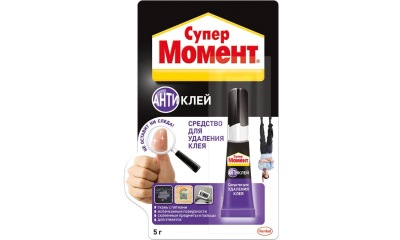 open the package, squeeze a small amount of gel onto a drop of glue;
open the package, squeeze a small amount of gel onto a drop of glue;- put a paper napkin folded in half on top;
- leave for several hours, and preferably overnight;
- in the morning, remove the remnants of the product with a clean, dry cloth;
- treat the surface with water.
The thick gel does not spread, so it is very convenient to use. Close the unused product tightly. You can apply it as needed.
Removing "Moment" from different surfaces
Depending on the material from which the table is made, the means for removing the adhesive from it will differ:
- Metal table top - acetone, alcohol, Dimexide, hair dryer, iron.
- Plastic - nail polish remover, alcohol, vegetable oil. Carefully: acetone and anti-glue.
- Tree - alcohol, mechanical cleaning, vegetable oil (for varnished surfaces), hair dryer.
- Glass - acetone, alcohol, Dimexide. With care: mechanical cleaning.
Advice
Removal recommendations super glue from the table:
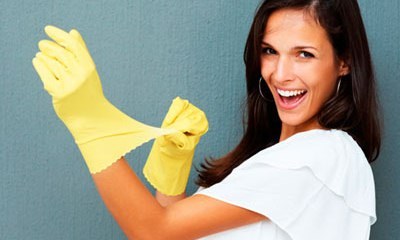 When working with solvents, you need to take care of your own safety. Hands are protected with gloves, and the mouth and nose with a respirator.
When working with solvents, you need to take care of your own safety. Hands are protected with gloves, and the mouth and nose with a respirator.- After finishing the treatment, wipe the table with a clean, damp cloth to remove any residual solvent and glue.
- The solvent can only be applied to light colored fabrics. If you use colored napkins, they will shed, and the pigment will stick into the treated surface.
- Do not overexpose solvents on the table. It is better to wash off the composition with water and repeat the procedure again.
You will find a lot of useful information about glue removal here.
Conclusion
It is not difficult to remove superglue from the table surface if you choose the right product. Fresh stains can be easily removed with alcohol and soapy water, while more aggressive substances are available to remove caked material. If their use is not possible, they resort to a mechanical method.

